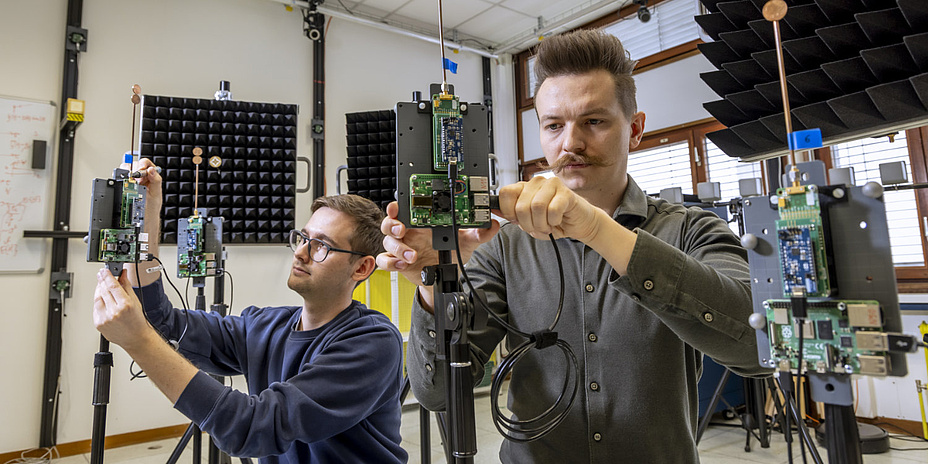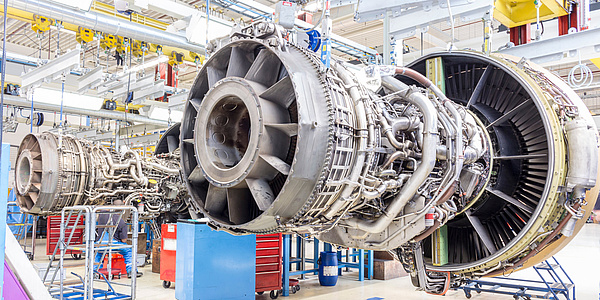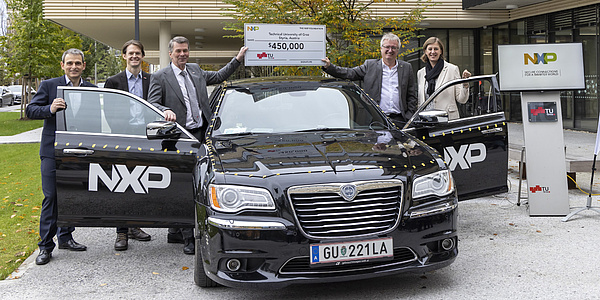Battery-free energy for the Internet of Things

The latest estimates put the number of Internet of Things (IoT) devices at approximately 20 billion, a figure that is expected to double by 2033. One of the consequences of this is a huge quantity of empty batteries that need to be replaced regularly and disposed of. Now, under the Ambient-6G project, researchers from TU Graz, Aalto University, KU Leuven, and the University of Oulu are working to make the Internet of Things more sustainable. Their aim is to supply IoT devices with electricity wirelessly or harvest it from nearby sources – removing the need for batteries altogether. The European Union is supporting the project, which also involves leading companies from the electronics and telecommunications sectors, with funding of EUR 8.4 million.
Energy-neutral backscatter communication
At present, IoT devices communicate with other devices by actively transmitting information via Wi-Fi, Bluetooth, mobile networks or other communication channels – which requires energy. But the Ambient-6G researchers are investigating a completely different approach for energy-neutral devices: “Our aim is to power IoT devices wirelessly and combine this with backscatter communication,” says Klaus Witrisal, head of the Institute of Communication Networks and Satellite Communications at TU Graz. “The IoT devices reflect the wireless signals transmitted from some antenna infrastructure, modulate it very slightly, and transfer information that way.” This passive communication works without an active transmitter, therefore, the small amount of energy that IoT devices can generate from the wireless signals is enough to power them.
Distributed antenna systems enable low transmission power
In the Ambient 6G project, the researchers are examining distributed antenna systems as a means of particularly effective communication with IoT devices. “What we refer to as distributed antenna arrays enables us to keep the transmission power of the individual antennas low, meaning that we can avoid harmful radiation exposure in the environment,” Klaus Witrisal explains.
Battery-free IoT devices have a wide range of potential applications. In large supermarkets with thousands of products, for example, electronic shelf labels without batteries could help to significantly reduce e-waste and cut maintenance costs. In logistics, goods could be tracked seamlessly and localised precisely – down to half a metre – over large areas.
Weak signals pose a challenge
There are still a number of challenges to be overcome before energy-neutral IoT devices become a practicable option, including signal processing. “When it comes to backscatter communication, we’re dealing with weak signals that we also want to receive over longer distances, in comparison to RFID systems,” Witrisal points out. “We need to develop special algorithms for this, in order to extract useful information from the noisy signals.”
Kontakt
Klaus WITRISAL
Univ.-Prof. Dipl.-Ing. Dr.
TU Graz | Institute of Communication Networks and Satellite Communications
Phone: +43 316 873 7440
witrisal@tugraz.at





